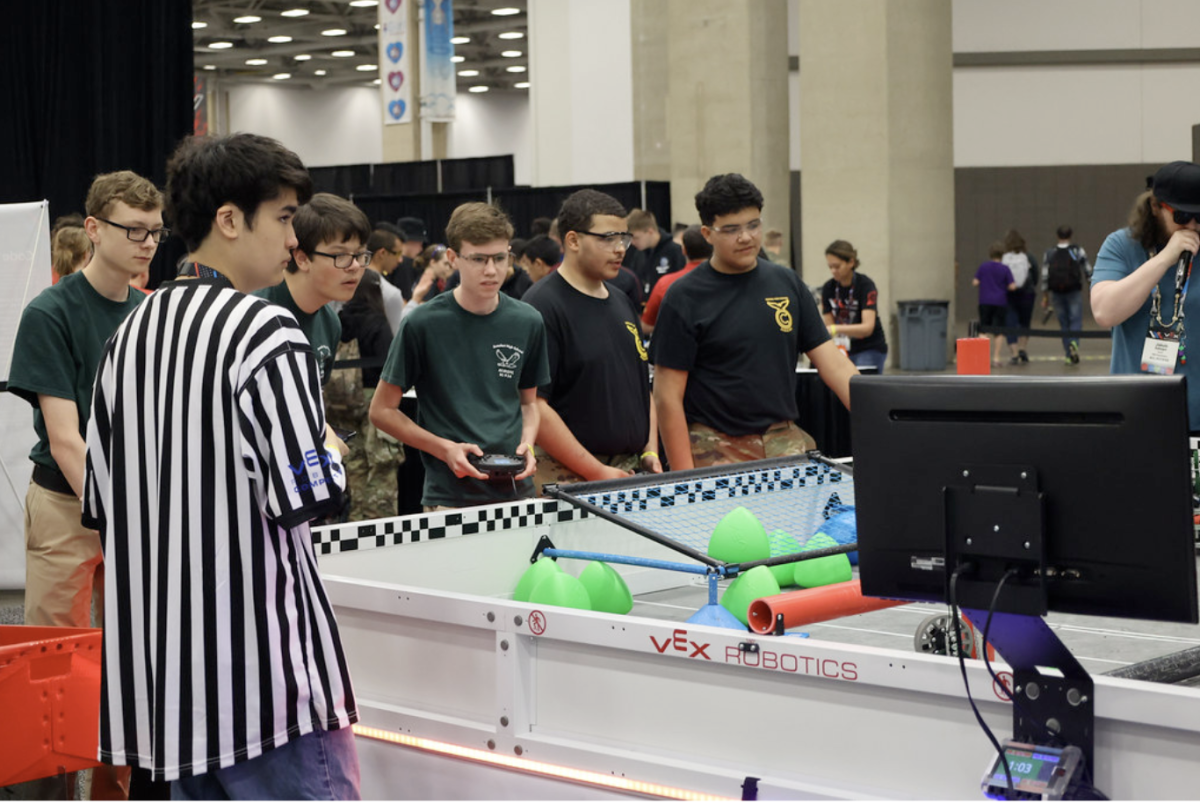Previously Published Dec 3. 2021
When people hear about nuclear power, they usually think about the atomic bomb, radiation, or the Chernobyl disaster. These are all examples of fission, which is only one type of nuclear power. The other type of nuclear power is fusion, which is when two atoms are fused into one, releasing energy by reducing the mass of the outputs.
Many experts consider fusion to be a more viable nuclear power option in the future compared to fission. Some reasons include fusion not being a chain reaction, thus eliminating the risk of a reactor meltdown, the lack of radioactive waste generated, or the abundance of the fuel source of fusion, hydrogen.
While all this may sound nice, scientists have yet to achieve nuclear fusion ignition, meaning they can’t get more energy out than they put into the reaction. If fusion reactions don’t reach ignition, starting a fusion reaction will waste energy rather than generate it. As of right now, fission is the only source of nuclear energy that humanity can use.
This may be changing, however. Recently, scientists at the NIF (National Ignition Facility) were able to get 70% efficiency, meaning they emitted 70% of the energy they put in, surpassing the previous record held by JET (Joint European Torus) by 3%. The reactor generated 1.3 MJ (MegaJoules) of energy, smashing the previous record (55 kJ) by almost 2500%. To put this in perspective, that is enough to fill nearly 90 AA batteries, all in 100 trillionths of a second.
In addition to developing the potential future of energy, the NIF reactions are also helping to advance knowledge about thermonuclear weapons. To understand the workings of a thermonuclear warhead, one must initiate fusion. Therefore, for testing the nature of fusion-powered bombs, NIF is the only alternative to igniting the warheads, making NIF an integral part of the SSP (Stockpile Stewardship Program), a program to improve national security through nuclear arms research. The breakthrough reaction at the NIF will allow scientists to experiment on more accurate models of thermonuclear explosions without igniting a full-scale detonation.
Unlike other nuclear fusion reactors, NIF uses an inertial containment design (as opposed to magnetic confinement), holding frozen fuel in a small cylinder and blasting it with 192 high-energy lasers. The lasers increase the heat and pressure in the cylinder, causing the fuel to fuse and release energy in a short burst.
This innovative reactor could pave the way for fusion ignition in the not-too-distant future, pushing human energy capacity exponentially higher. There are already other projects in the works, such as ITER (International Thermonuclear Experimental Reactor), a project that aims to get over the 100% threshold. If they are able to achieve ignition, humanity would reach a new era of near-unlimited energy.
Further Reading:
https://en.wikipedia.org/wiki/Nuclear_fusion
https://en.wikipedia.org/wiki/Inertial_confinement_fusion
https://en.wikipedia.org/wiki/National_Ignition_Facility
https://lasers.llnl.gov/news/nif-experiment-puts-researchers-threshold-fusion-ignition

















![Teacher [Milk] Tea: Part 2](https://bisvquill.com/wp-content/uploads/2024/03/Screen-Shot-2024-03-19-at-9.28.48-PM.png)


































